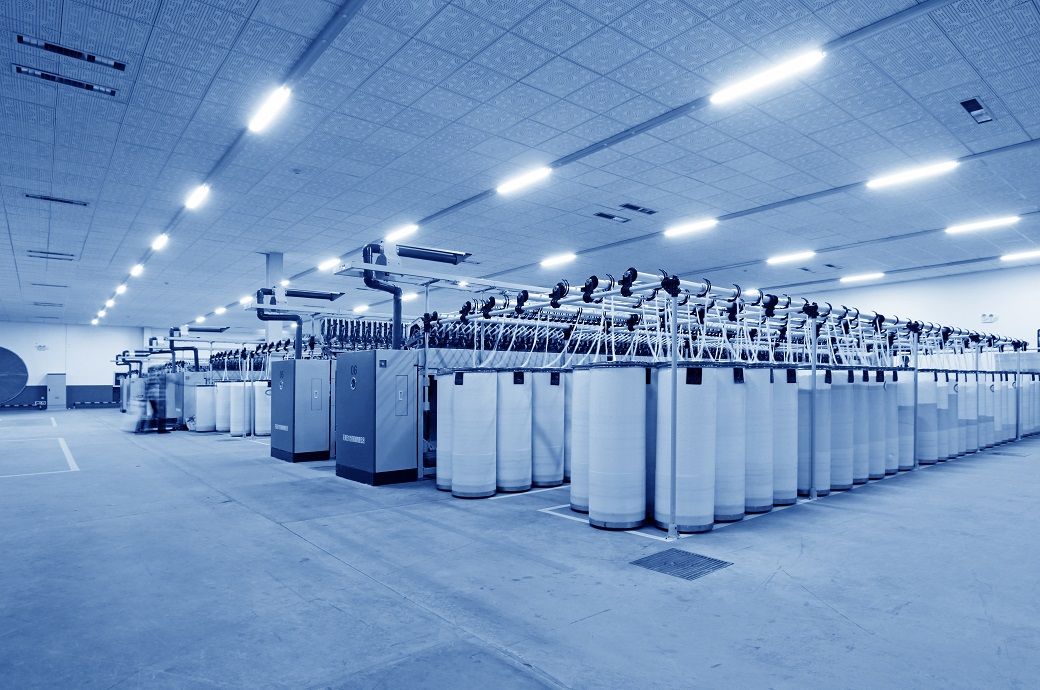

Budget pressures among corporate clients, rising economic uncertainty, and higher borrowing costs were among the reasons cited as headwinds to growth. New work across the private sector economy increased at the weakest pace since February, S&P Global said in a press release.
Moreover, new orders from abroad were unchanged in May as improving sales in the service economy were offset by the sharpest drop in manufacturing exports for four months. Goods producers commented on subdued global demand, Brexit-related trade headwinds, and intensifying competition for new orders in overseas markets.
Private sector employment increased for the second month running in May, although the rate of job creation was only marginal and remained notably weaker than seen on average in 2022. Additional staff hiring reflected rising business requirements, especially in the service economy, and renewed recruitment efforts amid improved candidate availability. This contributed to the sharpest reduction in backlogs of work since January. Moreover, manufacturing companies signalled the fastest decline in unfinished work for just over three years in May, helped by another robust improvement in suppliers’ delivery times.
Input price inflation eased fractionally in May, with overall cost pressures now the least marked since March 2021. This was driven by the fastest decline in input costs among manufacturing firms for just over seven years.
Goods producers commented on falling energy bills and raw material prices. However, strong wage inflation meant that service providers experienced the fastest rise in their cost burdens for three months. Meanwhile, output charges across the private sector economy increased at an historically steep pace in May, although the rate of inflation was the second-lowest since August 2021.
Chris Williamson, chief business economist at S&P Global Market Intelligence, said: “The UK economy enjoyed another month of strong growth in May, with the expansion continuing to be driven by surging post-pandemic demand in the service sector, notably from consumers and for financial services, with hospitality activities buoyed further by the Coronation. The surveys are consistent with GDP rising 0.4 per cent in the second quarter after a 0.1 per cent rise in the first quarter.
“It's a different story in manufacturing, where spending is being diverted away from goods to services, and many companies are also winding down their inventories, exacerbating the downturn in demand and driving both output and prices lower.”
Fibre2Fashion News Desk (NB)